Rehabilitation After Hip Replacement Surgery
Getting out of bed and walking is an important part of your recovery.
You will start to mobilise with a walking frame and progress to crutches. At first, you may struggle with dizziness and your balance.
You can expect pain and swelling after the operation, this is completely normal!
Early post-operative rehabilitation focuses on restoring mobility, strength, flexibility and reducing pain. The physiotherapist will teach you the safe and proper techniques to perform simple tasks related to mobility.
The following are goals to be done independently prior to discharge:
1. Transferring in and out of bed.
2. Sit to stand.
3. Walking safely with an assistive device
Walking safely with an assistive device (crutches, walking frame or rollator) Your physiotherapist will advise and prescribe the most appropriate aid. Improper use of the assistive devise can lead to increased risk of accident, injury or dislocation.
4. Stair climbing.
Rehabilitation Exercises
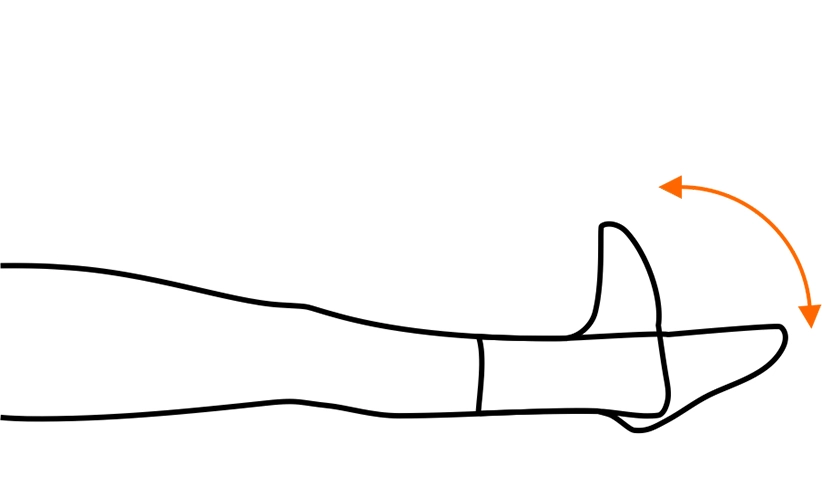
Ankle Pumps
(you can start with this on the day of the operation)
- This can be done as much as possible (to
improve circulation)· - With your legs straight, bend both your ankles up and down·
- Repeat 20 times
- Continue this exercise until you are fully
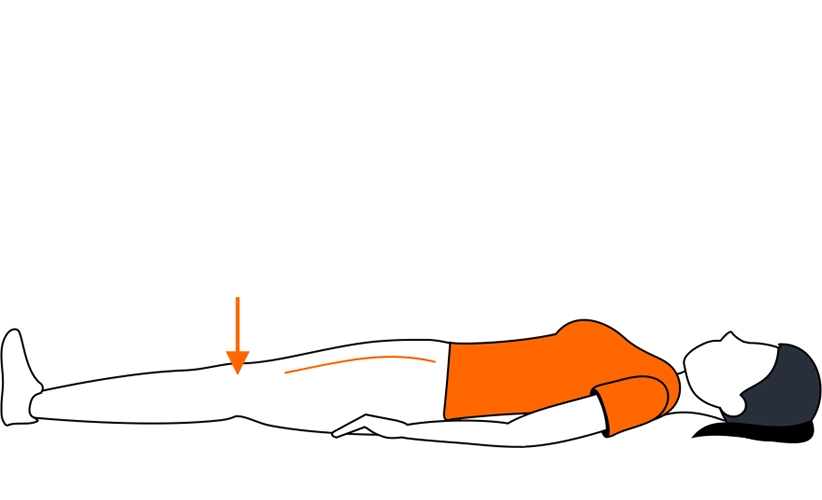
Isometric Quads
(you can start with this on the day of the operation)
- Keep both feet drawn up towards you
- Tighten the thigh muscles by pressing the back of the knees into the bed
- Hold 5-10 seconds, relax
- Repeat 10 times
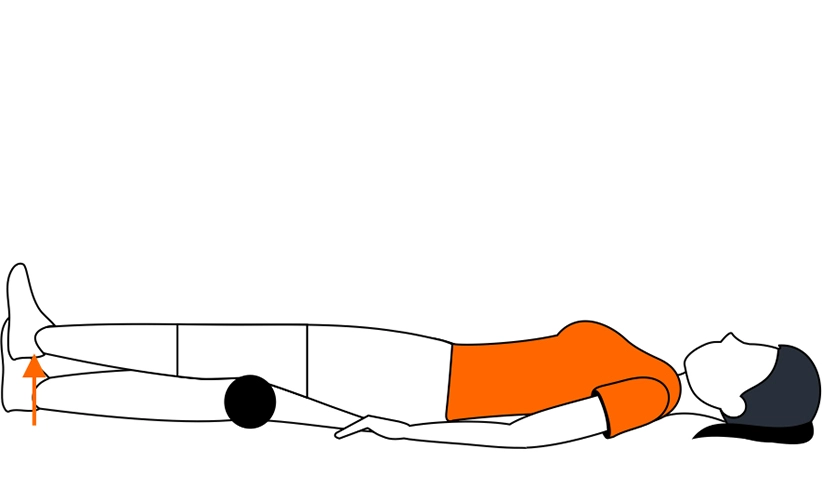
Quads Block
- Place a rolled up towel under the operated knee
- Push the knee into the towel and lift the heel up off the bed
- Hold for 5 seconds, relax
- Repeat 10 times
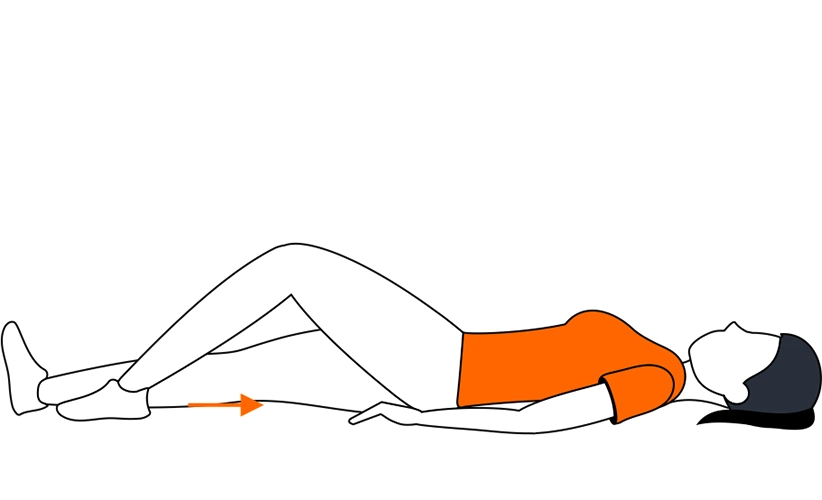
Heel Slide
- Keep your legs straight
- Slowly bend your knee and hip by sliding your foot up towards your buttocks while keeping your heel on the bed and your knee-cap pointing upwards
- Slide your heel back down to the starting position
- Repeat 10 times
- Go to the start of resistance/pain in order to
improve range of motion. - Every day you should be able to bend it a little further.
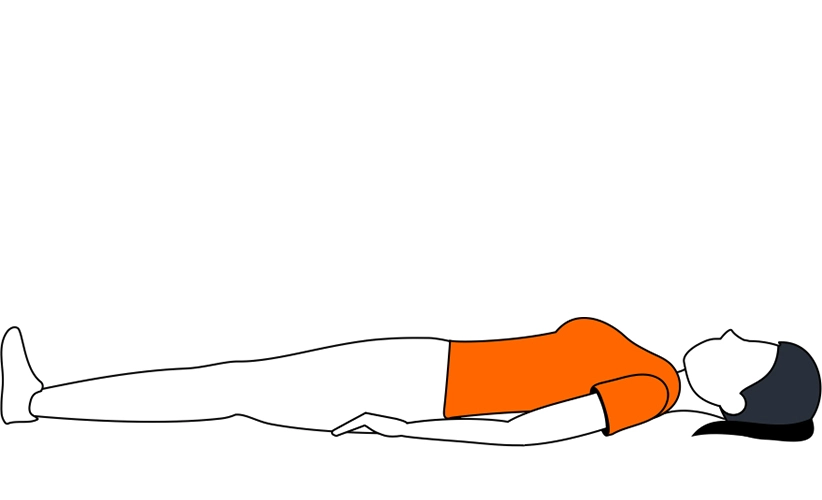
Isometric Glutes
- Keep your knees straight
- Squeeze both your buttocks together
- Hold for 5 seconds, relax
- Repeat 10 times
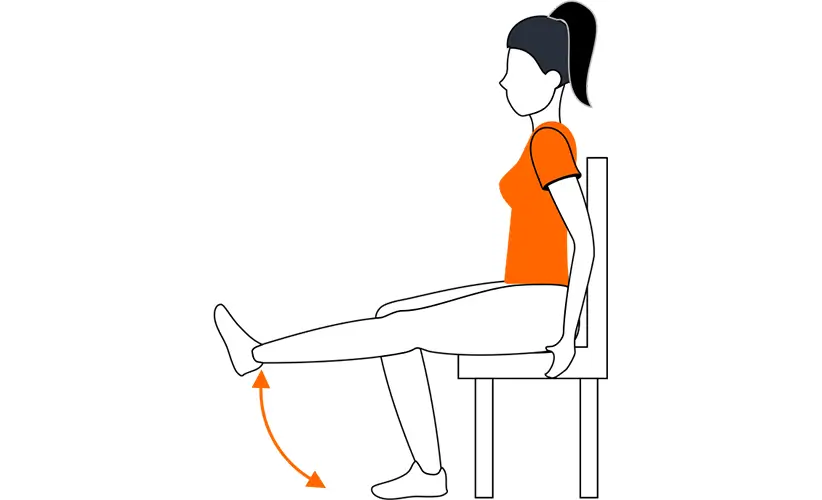
Seated Knee Kick
- While sitting in a chair, tense your thigh muscles to lift your foot off the floor in a kicking motion until your knee is straight
- Hold for 5 seconds and then lower down slowly
- Repeat 10 times
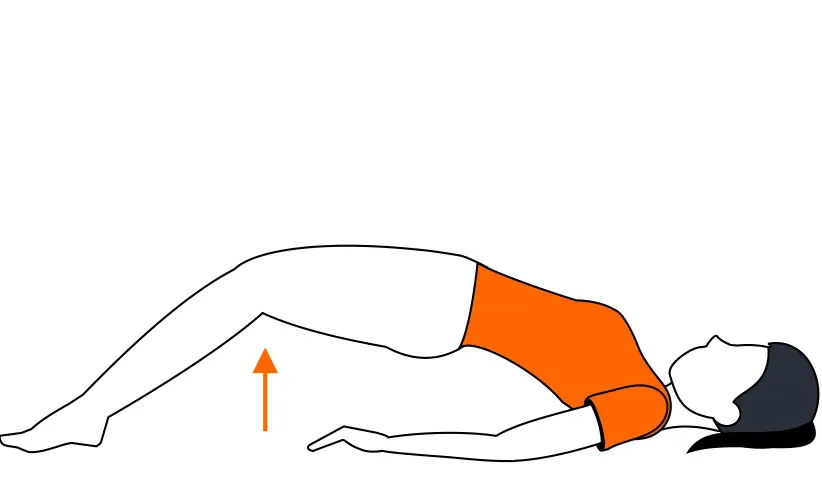
Unilateral Bridge
(This can also be done to assist you in moving around in the bed)
- Lie on your back with your un-operated knee bent up and the foot flat on the bed.
- Lift up your bum from the bed.
- Hold 3 seconds, then slowly lower
- Repeat 10 times.
- Get your carer to assist with these exercises if you are still struggling to do them on your own.
About Hip Replacement
- Why?
- Arthritis & Hip Replacement
- The Comonents
Approach to Hip Replacement
- Anterior Approach
- Posterior Approach
Preparation for Hip Replacement
- Health, Support & Home
The Hip Replacement Procedure
- Before & During Surgery
After Hip Replacement Procedure
- In Hospital
Hip Replacement Rehabilitation
After Surgery and at home
Hip Replacement Post Opp Follow-up
Day of Surgery to 2 Year Follow-up
